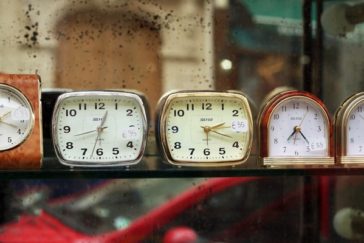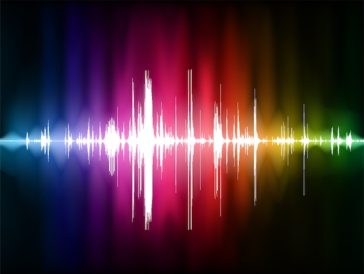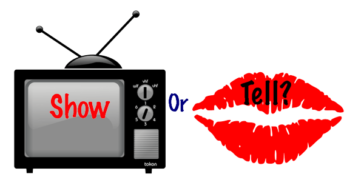The Writing Craft: Less is More
In Hamlet, Shakespeare wrote, “Brevity is the soul of wit.” Like poetry and impressionist painting, great fiction suggests themes and meaning through events for the reader to interpret. In storytelling, less is more. Let’s examine some of the flab you can cut from a manuscript that the reader won’t miss. One Is A Million One well-told example can represent a universal truth. Rather than tell the story of five soldiers at war, try telling the story of one. Readers want … Read More »






